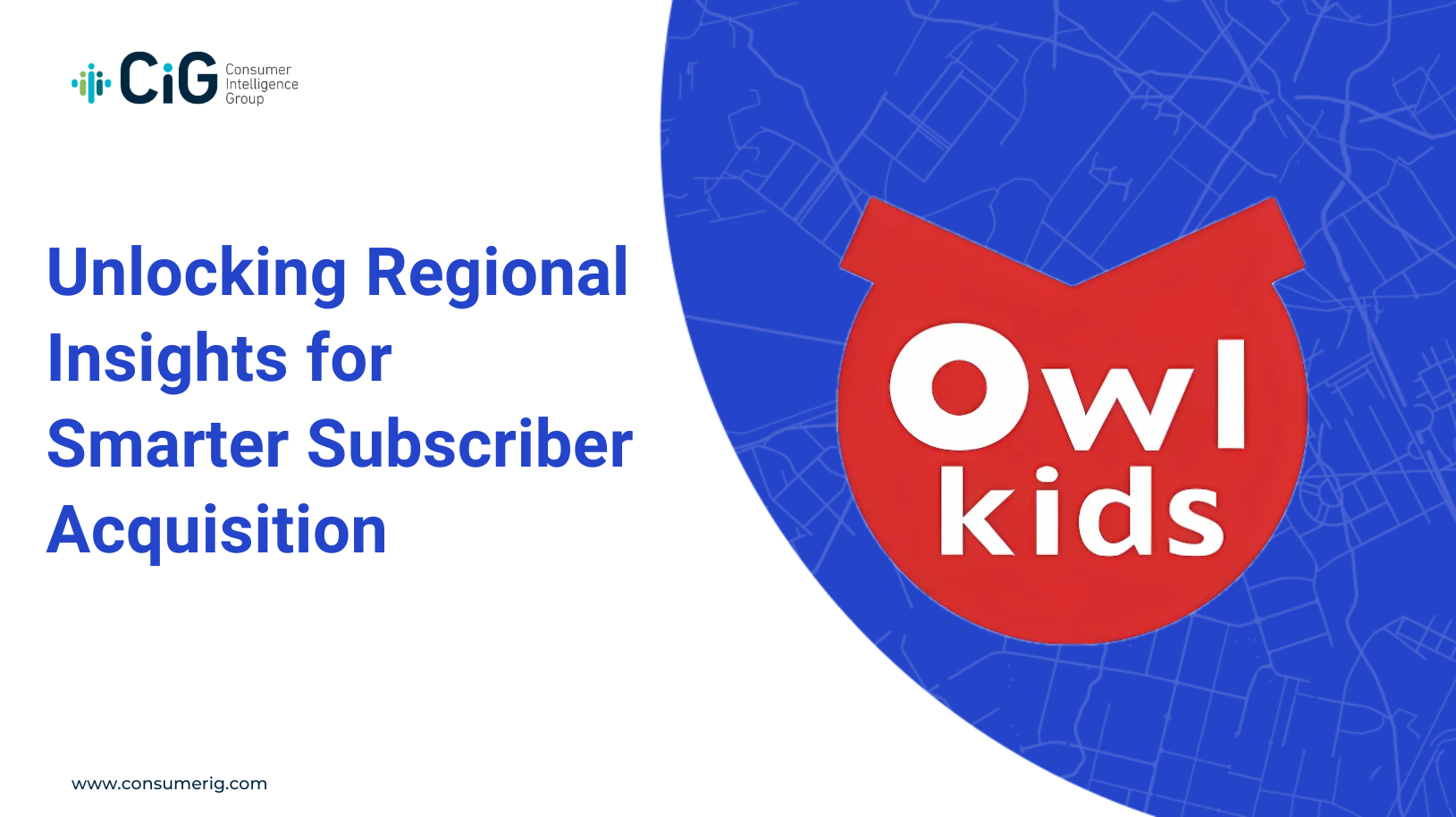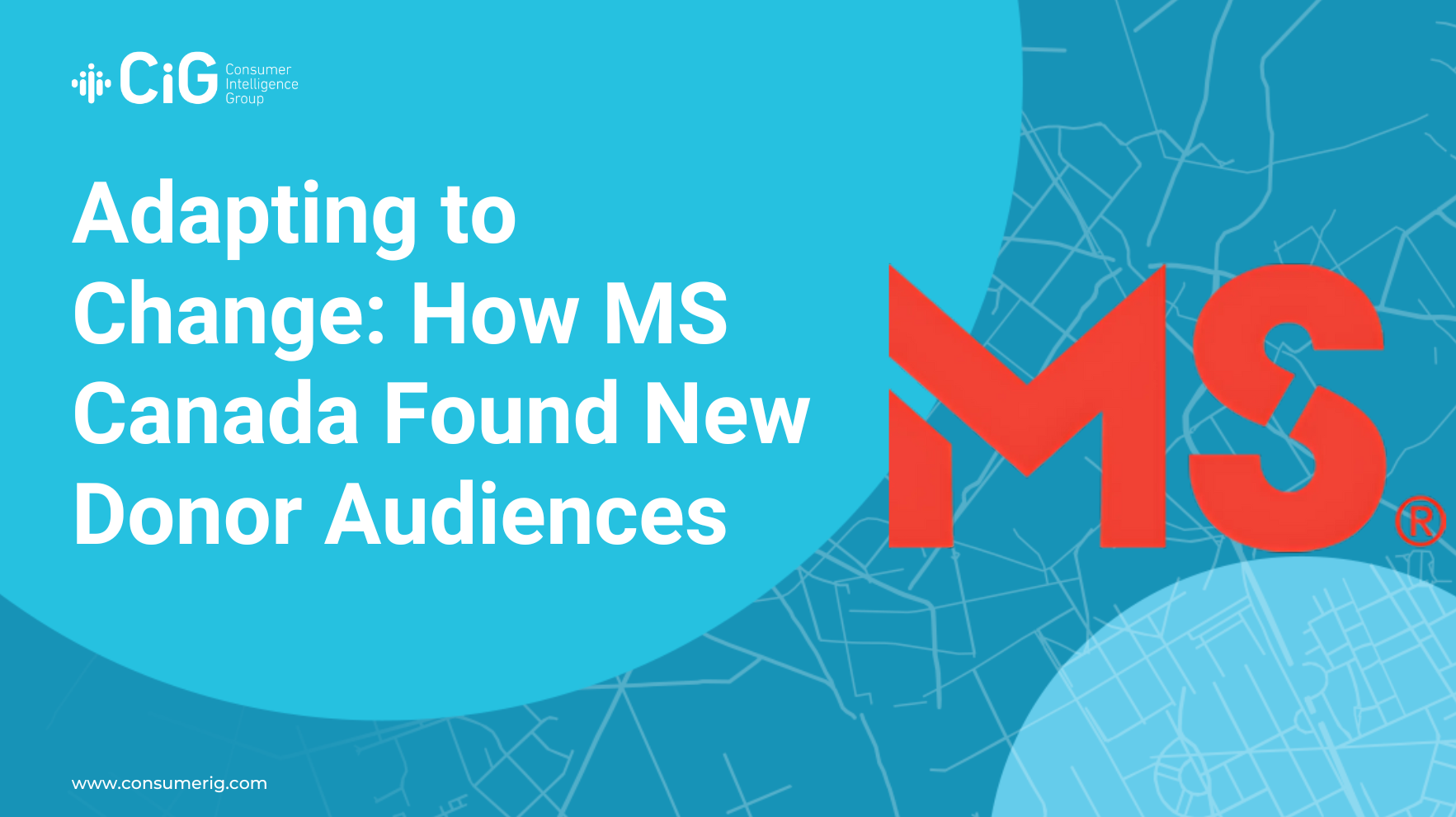Looking to put your brand on the map, literally? For Canadian marketers trying to reach people in specific places, two buzzwords tend to come up often: geotargeting and geofencing.
While they sound similar (and are often incorrectly used interchangeably), these two location-based marketing strategies are actually quite different. Knowing when to use which one can make or break your campaign.
In this guide, you’ll learn about each strategy and how it can transform your campaigns, as well as a different approach that uses geofencing data not for immediate messaging, but to build powerful audience insights that drive omnichannel marketing success.
What is Geotargeting Marketing?
Geotargeting delivers specific ads or content to people based on their geographic location using signals like users’ IP addresses, GPS data, and Wi-Fi networks.
This typically means targeting people within specific provinces, cities, or even neighbourhoods.
For example, let’s say a Canadian online retailer sells branded merchandise for local hockey teams. They could use geotargeting to run ads that promote team-specific apparel based on the user’s location.
- People in Edmonton would see ads for Oilers hoodies and hats
- People in Toronto see ads for Maple Leafs gear
- People in Montreal get ads for Canadiens merchandise
Benefits of Geotargeting
- Enhanced message relevance: Location-specific content resonates with local conditions and needs. When a Vancouver user sees raincoat ads during winter or a Winnipeg resident receives heating promotions in January, the messaging feels timely and personal.
- Improved cost efficiency: Limiting ad delivery to relevant geographic areas reduces wasted impressions and focuses marketing budgets on available products or services. This geographic focus allows for strategic budget allocation and improved return on advertising spend.
- Competitive advantage for local businesses: Focusing marketing efforts on reachable customers enables local, brick-and-mortar businesses to compete effectively within their service areas.
What is Geofencing Marketing?
Geofencing allows marketers to target potential customers based on where they go, not where they live.
Here’s how it works: marketers create virtual boundaries (geofences) around specific real-world locations such as retail stores, competitors’ businesses, or convention centres. When someone’s mobile device (with location services enabled) enters these areas, it triggers various actions, from sending targeted push notifications to serving targeted social or display ads.
Depending on your targeting goals, boundaries can be as small as a few metres around a building entrance or as large as several kilometres encompassing an entire shopping district.
For example, let’s say a car dealership in Toronto wants to attract potential buyers who are actively shopping. To this end, their marketing team sets up geofences around nearby competing dealerships.
When someone visits one of those competitor lots with their smartphone and location services enabled, the dealership’s geofencing campaign kicks in. That person may:
- See a targeted display ad on social media or in a mobile app offering a $1,000 trade-in bonus
- Receive a push notification from the dealership’s app (if installed) inviting them to book a test drive
- Be added to a remarketing audience for future ads promoting current sales or financing offers
This strategy helps the dealership target users with high purchase intent, right when they’re in the market.
Benefits of Geofencing
- Behaviour-based targeting: Reach people who have demonstrated interest through their physical presence at relevant locations, helping increase foot traffic to your own locations.
- Competitive intelligence: Understand who visits competitor locations, helping you identify potential customers who are actively shopping in your category.
- Real-time engagement opportunities: Connect with people when they’re physically present at relevant locations, enabling timely and contextually relevant content delivery.
What is Geofencing-Based Audience Profiling?
While geotargeting and geofencing are well-established strategies, geofencing-based audience profiling is a different approach that many marketers are unfamiliar with.
Instead of using geofencing to send immediate messages or ads, geofencing-based audience profiling uses geofences to collect data and build detailed profiles of those who visit specific locations.
It allows you to understand which postal codes visitors to a location are coming from, how often they visit, and their demographic and behavioural profiles. This allows you to build an audience of your next best customers, target them precisely, and speak to them effectively with highly relevant messaging.
For example, let’s say a Canadian athletic apparel brand wants to expand its retail footprint in the Greater Toronto Area but isn’t sure which neighbourhoods have the highest concentration of ideal customers.
Instead of launching ads right away, the brand sets up geofences around multiple boutique gyms, CrossFit boxes, and spin studios across the city. Over several weeks, they passively collect anonymized mobile data to understand which postal codes gym-goers are commuting from.
With this geofencing-based audience profile, the brand identifies that young professionals in a few key postal codes consistently visit multiple premium gyms and wellness locations, making them ideal targets.
Instead of blanketing the whole city with ads, the brand uses this insight to:
- Launch hyper-localized digital campaigns tailored to this group’s interests and values
- Refine their next store location based on true foot traffic, not just assumptions
- Build a lookalike audience for paid ads across platforms
Benefits of Geofencing-Based Audience Profiling
- Identify next best customers: By analyzing who visits relevant locations (competitor stores, related events, relevant venues), marketers can identify people who have demonstrated interest in their product category or shown propensity for certain behaviours, like charitable giving.
- Deep audience intelligence: Gain a comprehensive understanding of location visitors’ demographics, household income, family composition, and shopping preferences, enabling more targeted messaging and offers across all marketing channels.
- Competitive intelligence: Analyze who visits competitor locations to identify untapped audience segments and understand market overlap, allowing for more strategic positioning and audience acquisition strategies.
How intelligentVIEW Supports Canadian Marketers with Geofencing-Based Audience Profiling
intelligentVIEW is Canada’s only audience prospecting platform designed specifically for omnichannel customer acquisition. Unlike traditional geofencing marketing platforms focusing on immediate messaging, intelligentVIEW leverages geofencing technology to build comprehensive audience intelligence that drives marketing strategies across digital, direct mail, and traditional media channels.
The platform leverages geofences and mobile movement data to analyze and profile audiences with remarkable detail. The platform captures almost 15 billion mobile movement signals every month from over 45 million unique devices across Canada. Each device is assigned a home postal code, revealing where consumers live and how they travel throughout their daily lives.
When marketers set up geofences around key locations such as retail stores, car dealerships, bank branches, or event venues, intelligentVIEW identifies which postal codes visitors are coming from, their visit frequency, and detailed demographic and behavioural profiles. This allows brands to understand their audience catchment areas, analyze competitor visitors, and create precise targeting strategies.
Take Papa John’s Pizza, for example.
They wanted to understand the differences among their key customer groups: walk-in customers, delivery customers, and those ordering through DoorDash. To do this, they used two data sources.
The walk-in segment was identified using geofencing and mobile movement data collected around their store locations. This approach allowed them to see who was physically visiting each store and how frequently.
In contrast, the delivery and DoorDash segments were built using insights from their existing customer database, which included order histories and delivery records.
Through this combined analysis, they discovered that students and people working near certain stores were more prominent in the walk-in group. With this insight, Papa John’s created targeted promotions focused on attracting more walk-in traffic, such as special offers for students and lunchtime deals for nearby office workers.
For Canadian marketers looking to move beyond basic location targeting, intelligentVIEW transforms location data into the deep consumer intelligence needed to optimize acquisition strategies across every marketing channel. Request a demo to see how geofencing-based audience profiling can elevate your customer acquisition strategies.






